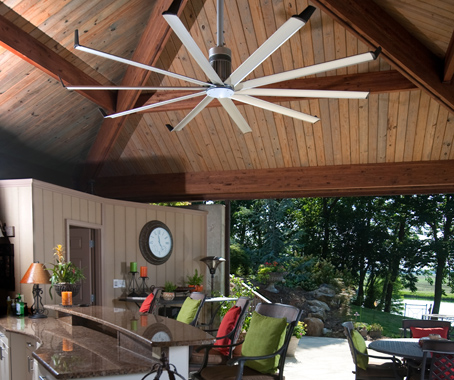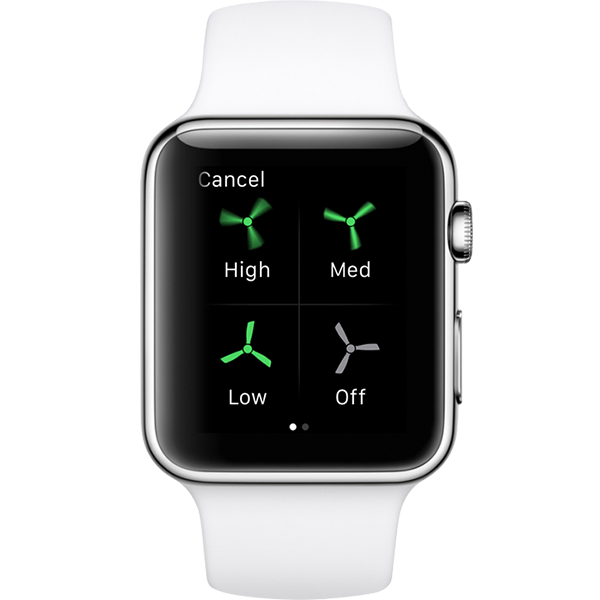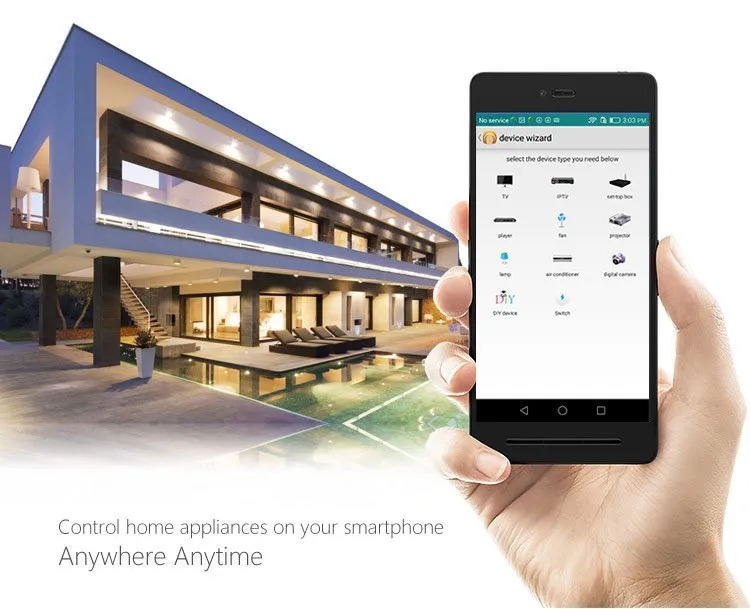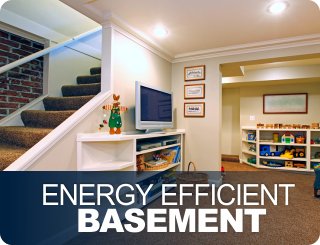Selamat Awal Ramadan~
How was your weekends? I am sure everyone is doing fine, enjoying their holidays with their kids, especially now is the holiday season in Malaysia & Singapore. It's been days since I'd last written my last blog post. I'd been busy preparing for my energy efficiency project and thankfully I'd managed to complete it.
For those who wish to know, the project that I was working on, took me about a month plus to complete it because I was not familiar with the climate and geographical properties of United States. I was designing energy efficient basement for the client, who was doing property development. So I am going to share what I'd learnt during this project schedule for the betterment of all.
What Is Energy Efficient Basement?
With energy prices rising again, many homeowners are planning energy-efficiency improvements to their homes. But most people are unsure of where to begin, and even seasoned builders don’t always know which priorities should rise to the top of the list. If you can only afford one step, replacing an aging heating appliance may be the best investment. If you're planning a major retrofit involving multiple steps, however, it's probably best to start in the basement. Whether your house is already built and you want a more energy efficient basement, or you’re building or planning a new house, surely you want to make sure you’ll spend as little as possible on keeping the basement warm and/or cool.
How To Build It?
Warm, dry basements and crawlspaces can extend living and storage space. In an old house, a wet basement is frequently the source of high levels of indoor humidity. They can also harbor mold growth that gets distributed around the house. Closed-cell spray polyurethane foam — installed around the rim joist areas and on the basement walls — is a fast, effective way to bring these areas into the conditioned space while sealing cracks between the foundation and floor framing that let air into the house. Most building inspectors require foam installed on basement walls to be protected with a layer of gypsum drywall as an ignition barrier.

Some might say basements are energy monsters in their own right -- they can potentially gobble up as much as one quarter of your home’s annual energy use. Explore your basement from floor to ceiling to identify any air leaks caused by gaps or holes from wiring, pipes, vents, windows or doors. Small gaps can be filled with caulk, while holes measuring up to three inches in diameter can be repaired with insulating spray foam. Holes larger than three inches should first be closed off with foam board and then sealed with insulating spray foam. Don’t forget to check for gaps in the uppermost section of the basement wall where the house frame meets the cement foundation or cinder block. Any sealing of your home’s perimeter framing, known as the rim joist or band joist, should be addressed by a contractor. Once you have completed any type of major home sealing project, I also suggest hiring a contractor to verify that combustion appliances (gas- or oil-fired furnace, boiler, water heater and clothes dryer) are still properly vented.

Looking for ways to brighten up your basement beyond the traditional incandescent bulbs? Consider installing energy-efficient compact fluorescent light bulbs (CFLs) in your basement lighting fixtures. Light emitting diodes, or LEDs, are also a good option. When compared to incandescent bulbs, LEDs are known to deliver a higher quality of light, could last 25 times as long and use even less energy than CFLs.
If you’re in the market to replace older appliances or equipment, such as heating or cooling units, consider switching to one that has earned an energy efficient label, which requires products to meet specific standards for energy efficiency. While the savings will vary based on where you live, switching out old heating and cooling units can help to reduce your home’s energy bill by more than $200 a year. You’re also best off having any new equipment installed by a qualified technician.

Much of the heat that is lost in a basement is lost through the windows. The average basement window includes single-paned glass framed by wood or steel, with a steel basement window well on the outside. Even before the steel rusts and the wood rots, these windows have an R-value of 1. This means that 50% of the heat that reaches the windows passes directly through, unhindered. If you are in a country that has winter season, when cold winds are blowing on them, this can mean a lot of heat loss! If the window is designed with special Low-E twin layers of thermopane glass to make the best use of natural sunlight and energy in the home. These basement windows have an R-2.94 insulation rating, which keeps approximately 87% of heat in your home. And with their covered basement window wells, the cold winter winds will never reach the glass.
Sustainability & Efficiency
Let’s look at specific basement rooms and uses and how they can be fine-tuned to give you an energy-efficient basement.
WASHROOM - Although this isn’t strictly an energy efficient basement issue, you should install a low-flow toilet in your basement washroom, rather than the wasteful 13+ liter toilets of yesteryear. Particularly if you use this toilet often, go for the ultra-low-flush toilets now available that provide two different flush levels, one for liquids, one for solids. You’ll save on your water and sewer bills – and indirectly you’ll be saving water. It takes a surprising amount of energy to treat and chlorinate and pump your water to you, if you’re on a city water system, and while you don’t pay directly for that energy, the energy costs are built into your water rate.
LAUNDRY ROOM - Obviously you should buy the most energy saving washer and energy efficient dryer available. But for a truly energy efficient basement, include an indoor clothesline or clothes rack in your drying plans for those times when it’s too wet or cold to use the outdoor laundry line.
WORKROOM - The main source of wasted energy in a workroom, other than those such as lights left on and heat loss that are common throughout a basement or house, are battery chargers for tools. If you do recharge a tool battery, it’s better to recharge it at a time when you know you’ll be back in the workroom soon, so you can unplug it, or to recharge it upstairs where you’ll notice it sooner. Some types of AC to DC converters can consume almost as much electricity after the battery for your tool is fully charged as while it’s charging.
HOME OFFICE - If you put a home office in your basement, strive for as much natural light as possible, not only to reduce the cost of lighting the room, but to reduce the strain on your eyes from artificial light. Use energy efficient LED pot lights for the best office lighting. For your home office computer equipment, don’t leave it running when you’re not using it. Even ENERGY STAR equipment consumes some power in its energy saving mode, and many peripherals are big energy hogs when plugged in, even when the equipment is turned off. Use a power bar and turn everything off when you’re not using it.
HOME ENTERTAINMENT CENTRE - As with your home office, unplug your home entertainment center when not in use. And consider getting rid of your energy hogging plasma television for a more efficient LCD model. ENERGY STAR recently came out with revised, more stringent requirements for television screens so if you’re thinking of buying a new TV, you’ll find much more efficient ones now than just a few months ago.
WINE CELLAR - There are four key factors to conserving and aging wine properly: constant temperature and humidity, and ideal temperature and humidity. If you can get the first two right and do not badly on the other two, you’ll be able to keep fine wine a long time without having to resort to energy-intensive techniques such as a refrigeration system for a custom wine cellar, or to a wine refrigeration unit. The more ups and downs in temperature a wine bottle experiences, the faster it ages. Corked wines can also experience cork dry-out or deterioration from excessive dryness or humidity. And the warmer the average temperature, the faster a wine ages. So strive for constant temperature and humidity.
Pros & Cons
Pros
- More spaces - By adding a basement to a two storey house you can get as much as 50 per cent more floor area without having to increase the size of the footprint or having to sacrifice any more garden.
- Better site utilization - If you are having to dig deep foundations for any reason, it might make economic sense to add a basement. Deeper foundations cost more, so turning this expense into useable space makes sense.
- Multi-purpose use - One of the joys of a standard basement is that it can be used for a variety of purposes and graduate from being a children’s playroom to a television and games room for them when they grow older. Unusual specialist uses include basements specifically designed to provide swimming pools or wine cellars.
Cons
- Not an option when there is high water table - it is not recommended building basements particularly those that rely entirely on tanked protection on sites where the water table is too high. This is defined in the Waterproofing Design Guide (available from the Basement Development Group) as where the water table is above the underside of the lowest basement floor slab. A very useful risk assessment chart is printed in the guide.
- Difficulty of getting a competent professionals - One other potential drawback is that if you are contemplating a basement in your new self build you might find your favourite architect may not be willing to take on the brief. The reason is likely to be fear of litigation should the basement fail.
The obvious motivation for an energy efficient basement is that you want to save money (and save the planet) while keeping your basement comfortably warm or cool, depending on the season.
Another motivation for an energy efficient basement may be that your basement is so poorly insulated or so damp that you can’t get the temperature or humidity level into your comfort zone without spending a fortune heating or running a dehumidifier. Many people in older homes suffer from unpleasantly humid basements, especially in warmer months of the year, and upgrading to an energy efficient basement usually involves tackling this humidity problem head on.
But there are other motivations most of us haven’t thought about, that go beyond our own comfort and pocketbook. An energy efficient basement is a great example of the maxim of “Think Global, Act Local”.
























